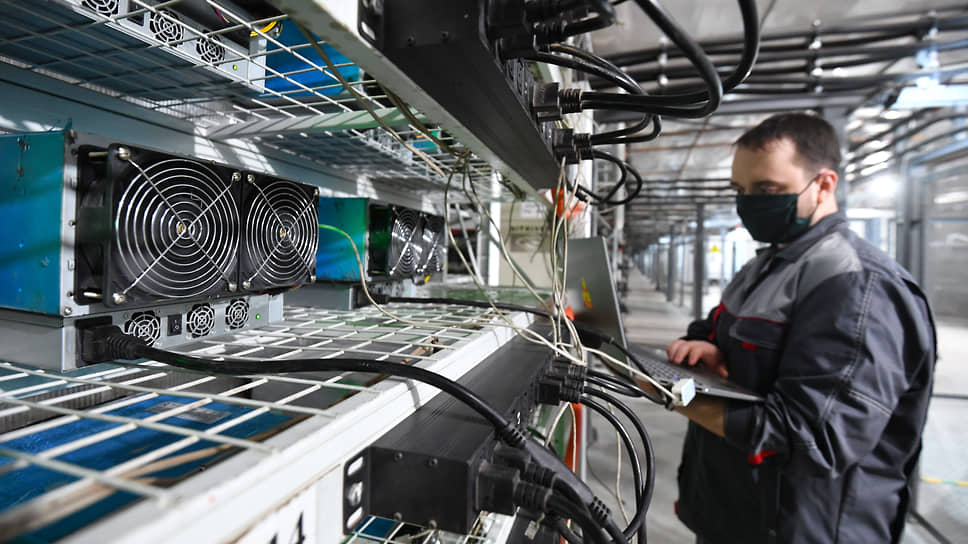Director of the Center for Research in the Electric Power Industry of the IEiRIO National Research University Higher School of Economics Sergei Sasim on mining in Russia
[ad_1]
Mining in Russia back in 2012 was a hobby for a narrow layer of enthusiasts from the world of digital technologies, and in 2023 it forces the government to seriously think about changing the principles of non-discriminatory access to power grids, which until now seemed unshakable.
Mining itself, from the point of view of the functioning of the energy system, has a number of positive qualities. A predictable consumption profile and a smooth load schedule, coupled with insensitivity to interruptions in power supply and a willingness to fully pay for both connection to the grid and consumption from the grid, seem to describe the dream consumer.
Despite this, federal agencies are making titanic efforts to worsen the conditions of industrial mining. The Ministry of Energy openly talks about its intention to increase electricity transmission tariffs for miners in certain regions and introduce discrimination when connecting them to networks. The main reason is the sharp increase in energy consumption. Currently, industrial miners in Russia consume about 1.7 GW, and in the next two years the volume could reach 5 GW.
It was decided to neutralize the inability of the energy system to meet growing demand using tariff instruments. This is curious, since the differentiation of tariffs by type of economic activity, at a minimum, contradicts the principles of boiler tariff formation.
In addition, one of the basic functions of prices is the formation of investment signals. If at some point demand exceeds the capacity of the power system, then rising prices should be a source of funds to increase capacity and eliminate shortages. The establishment of high tariffs, the purpose of which is not to increase investment, but to curb consumption growth, has no analogues in the practice of domestic tariff setting. The effectiveness of such measures to stimulate business relocation is highly questionable, but they can lead to legal mining going into the shadows.
The real problem that tariff changes could help with is the growth of residential mining. The practice of lowering tariffs for the population and compensation at the expense of other consumers has created the conditions for parasitism on household energy consumption. As a result, for example, in the Irkutsk region there is an explosive growth in productive output in the household sector against the backdrop of a steady decline in population – including due to “gray” mining.
The local shortage of energy capacity is largely caused by defects in regulated pricing. Transmission tariffs today do not take into account the peculiarities of the load schedule of the power system, which does not allow it to be effectively managed.
Instead of, as the Ministry of Energy proposes, limiting the connection of miners to networks, it would be possible to offer them higher tariffs during peak load hours. Perhaps this would correct consumer behavior, reducing the severity of the power shortage while maintaining the opportunity for legal mining to operate.
The economy of the future will not adapt to the conservative principles of centralized energy supply. It is possible, of course, to set barrier tariffs each time for any energy-intensive activity not specified in the current edition of OKVED, but the cost of preventing the threat of a shortage will only increase each time, increasing the attractiveness of decentralized energy supply.
[ad_2]
Source link






